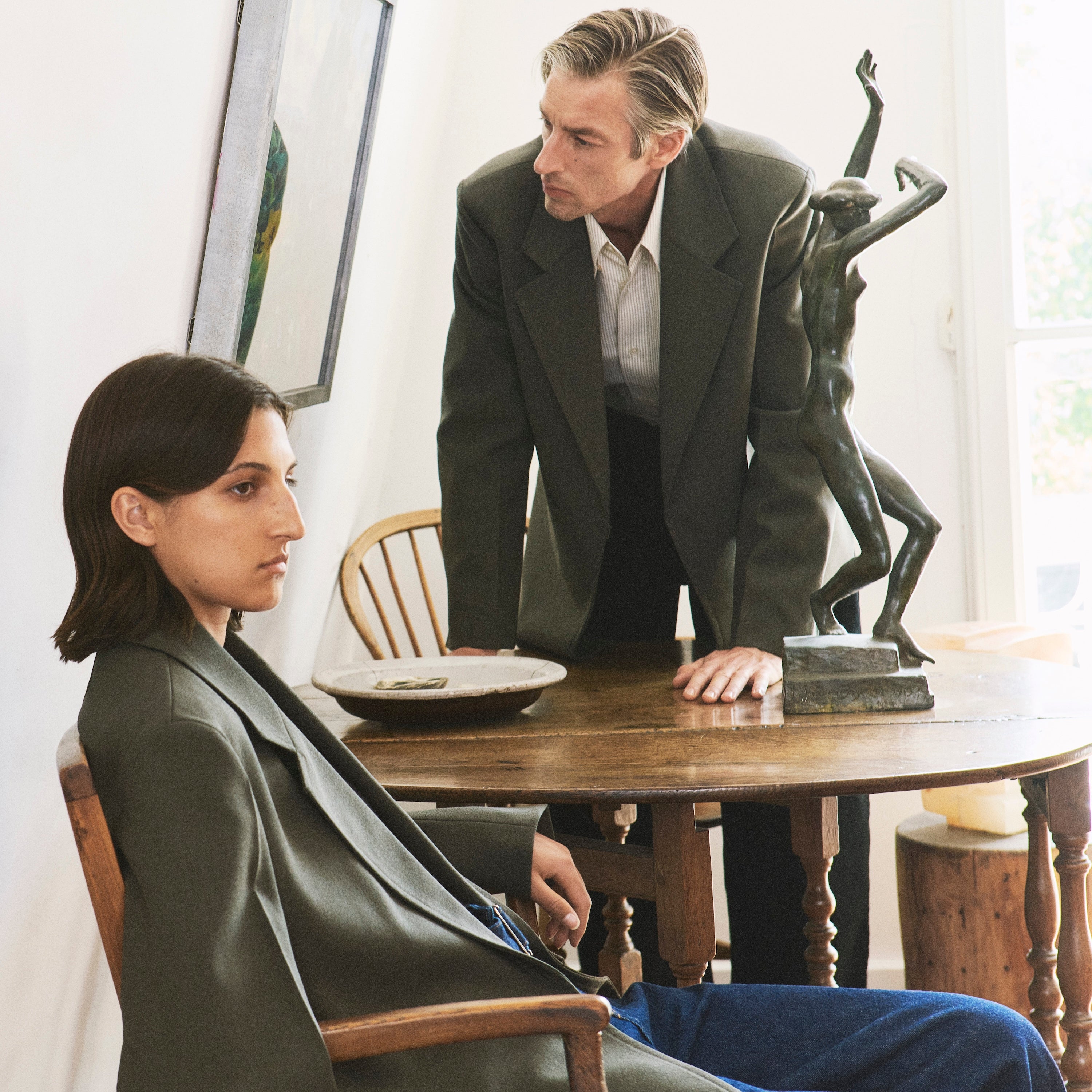







You don’t need a car living in London, but I often wonder what I’d drive if the need arose. Balancing looks with reliability and affordability, answers are generally ‘modern classics’ from the 80s and 90s, usually German. But the obvious shouts seem, well… too obvious. More and more recently, my thoughts have turned to the Saab 900.
Saab was founded in 1937 - Svenska Aeroplan AB (Swedish Aeroplane Company Limited) - originally manufacturing aircraft, the company began making cars in the late 1940s (they also made computers under the name Datasaab in the 1950s). The company’s roots in aviation have always been clear, with aircraft influenced curves and aerodynamics a constant feature of their design, but for most, the 900 is the definitive model.
Released in 1978 as a replacement for the 99 (itself considered the first ‘modern’ Saab), the 900 was heavily based on its predecessor but was larger and better looking. Things improved further, with the introduction of the 900 Turbo in 1980 which was even more desirable and featured futuristic innovations such as self-repairing bumpers; electronically heated seats; headlight wiper washers; an advanced air filter that removed dust, pollen, and bacteria from the passenger compartment; and a key ignition switch strangely positioned between the gear-stick and hand-brake, instead of behind the steering wheel. Enough gadgets to catch the eye of James Bond, who apparently swapped his Aston Martin for a Saab 900 when John Gardner took over the 007 literary torch in 1981 - referring to it as “The Silver Beast”.
Gadgets are all well and good, but the 900’s charm and appeal lies within its looks. A friend that owned a 900 used to boast it was the last car designed with pen & paper before digital design became the norm. I can't confirm, but I like to believe it’s true. Boxy but sporty, sophisticated yet perfectly understated, timeless modern design. I'm not convinced they're the most reliable car on the road, but who cares with those lines.
PL

